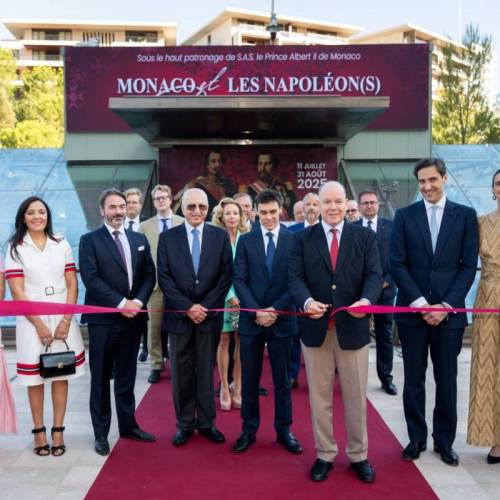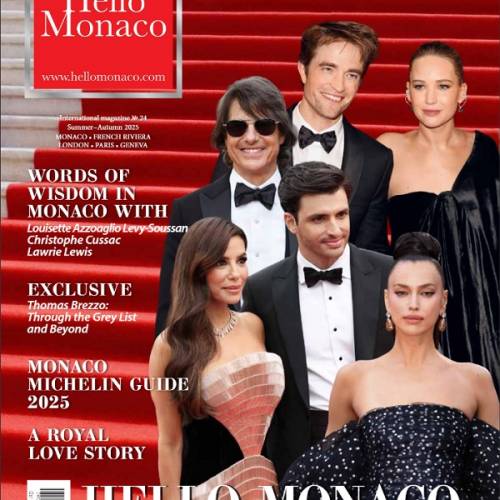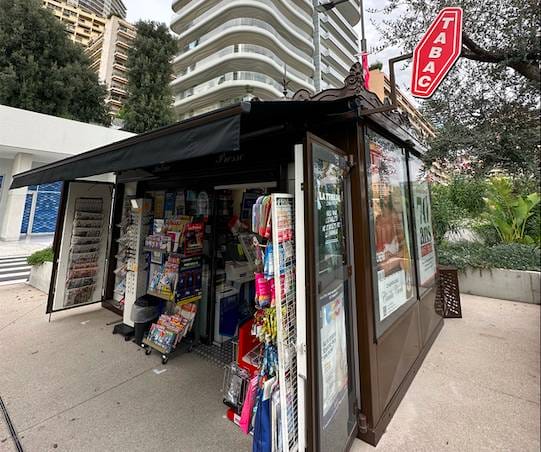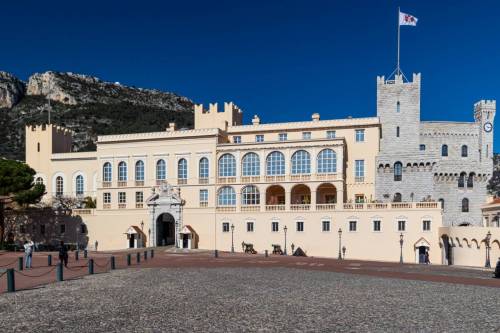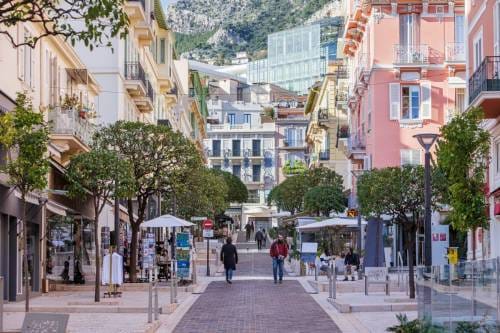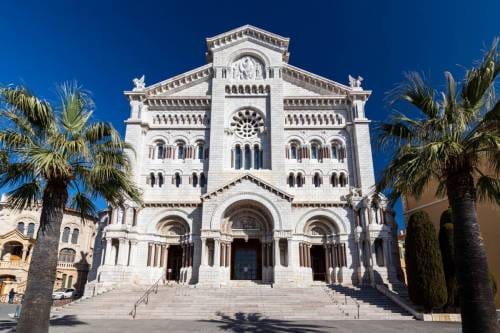With a large selection of magazines and newspapers now dedicated to Monaco, one would struggle to imagine the Principality having only one printed publication. Back in the day, it was the journal “L’Eden” presently known as “Journal Officiel de Monaco”. Since its very first edition in 1858, the magazine has undergone major changes, eventually sharing its influence with the other media. Its 165-year history, however, makes it truly special.
A herald of Paradise
In 1856, 38-year-old Prince Charles III came to rule over Monaco. The young sovereign was willing to tell the whole world about the transformations taking place in his homeland. Thus, upon his decree, on May 30, 1858, the first local magazine “L’Eden” was published. Its mission was to unveil the life of the small but rapidly growing Principality with the purpose of attracting a large number of tourists. Its name was not incidental. A precursor of modern marketing, the Prince chose the impressive image of “paradise” (“L’Eden”) to promote his tiny state.
In the early days of his reign, however, life in the Principality was anything but heavenly … The country was going through hard times, its economy ruined. Prince Charles III even had to invest the dowry of his wife, Antoinette de Mérode, to finance the construction of the new area that was to host the future casino. Moreover, the Principality had just lost its cities of Menton and Roquebrune, accounting for some 80% of its small territory… Under the circumstances, the Prince was well aware that his people needed support, and was looking for solutions to overcome this financial and moral crisis.
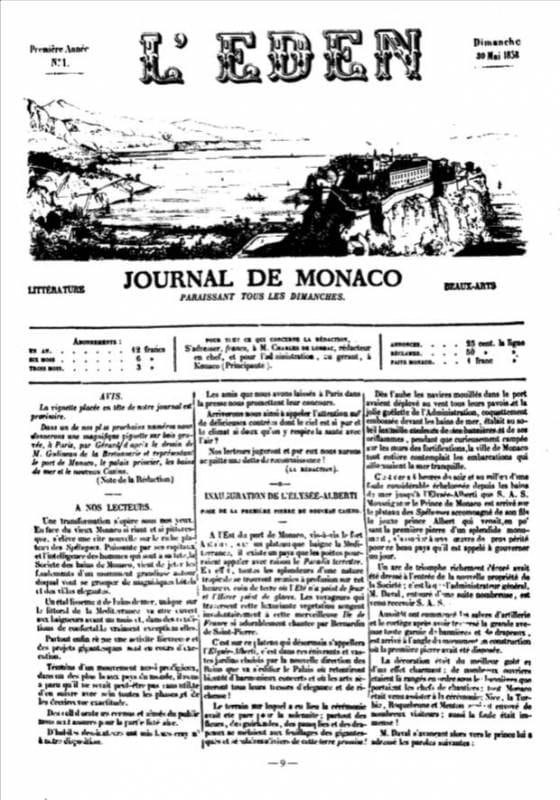
The first headline…
The front page of the first “L’Eden” magazine featured Monaco back in the day. The Princely Palace on the Rock, the port, the SBM hotel then called “Hôtel des Étrangers” and the Spélugue plateau chosen by the Prince as the construction venue, are well recognizable. But no sign of the railway station or the first casino that had yet to be built.
Its headline described the laying of the foundation stone for the future casino. This magnificent and spectacular ceremony, with the construction site decorated with flowers, garlands and national flags, was narrated well in much detail. Prince Charles III attended the celebration with his son, nine-year-old Crown Prince Albert (the future “prince scientist” Albert I). He was the one to lay the first stone of the “L’Elysée Alberti” casino. Later, in 1866, the area was renamed Monte-Carlo.
It was truly symbolic that the first page of the first Monaco magazine described the foundation of its casino. Charles III’s resolution authorizing gambling transformed the tiny Principality into a luxurious, glamorous destination we now know as the paradise the Prince had visualized.
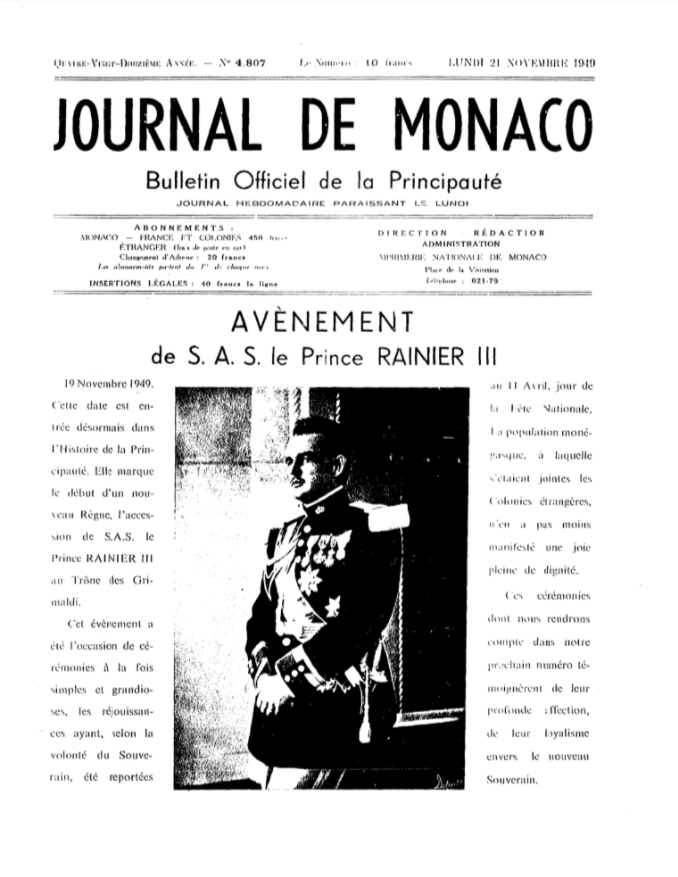
… the first ad…
Interestingly, ”l’Eden” published small ads at the cost of 50 centimes per line. Its last page featured a timetable for the horse-drawn omnibus connecting Nice to Monaco. The Magazine advertised motels, restaurants, and agricultural products including products to treat vines, giving information on printing house services as well as piano and singing lessons.
…and the first fake news
Straight after its first release, however, the Governor-General of Monaco had to publish a refutation letter. According to one of the articles, Monaco was allegedly planning to become part of Piedmont (the Kingdom of Sardinia. — Ed.). This letter sent to the editor-in-chief dispelled “unfounded” rumours that could have sown unrest among the population. It was published in the “Eden’s” next edition.
“L’Eden”: from the olden days to the present time
The new magazine in Monaco was launched at a time when media giants, such as the British “The Times” and the French “Le Figaro”, were in a full swing. Thus the Prince of Monaco happily minded the advice of “Le Figaro” owner, Hippolyte de Villemessant. A frequent visitor to Monaco, the latter even brought a group of Parisian journalists who were working under the direction of the magazine’s editor, Charles de Lorbac. Hippolyte de Villemessant was known to be personally writing articles on tourism and gastronomy.
“L’Eden” was published every Sunday. If you wanted to keep abreast of local news, there was a three months, six months and an annual subscription for a price of three, six or twelve francs, respectively.
“L’Eden” is presently called “Journal de Monaco. Bulletin officiel de la Principauté”. Rather than publishing news and advertising, its Friday edition features princely and ministerial decrees, notices and legal documents of all kinds.

© HelloMonaco
Before the Monegasques
“L’Eden” magazine was published 227 years after the very first European newspaper, reminiscent of modern printed editions. On May 30, 1631, the first weekly “La Gazette” was launched in France, its name borrowed from the Italians. A coin of two soldi, was originally just enough to purchase this useful leaflet. The word “gazza” translates as “magpie” (“gazzetta” being its small version). “La Gazette” was dedicated to the daily life of the French, conveniently referring to a magpie that would bring news on its tail.
Newsletters were also published in other countries, such as Italy. It is the French “La Gazette”, however, that is considered prototype of the modern printed press. Interestingly, even Cardinal Richelieu and King Louis XIII (all of us know them thanks to “The Three Musketeers”) published there, so great was its reputation. Sadly, “La Gazette” was closed down in 1915.
The French were not the ones, however, at the origin of the very first media. We are now talking about Ancient Rome, during the reign of Caesar. “Daily affairs of the Roman people” (Acta diurna populi romani) were news scrolls spread out in the main square. Interestingly, noble citizens could order these scrolls to be delivered at home. It was thus the equivalent of the first subscription.

